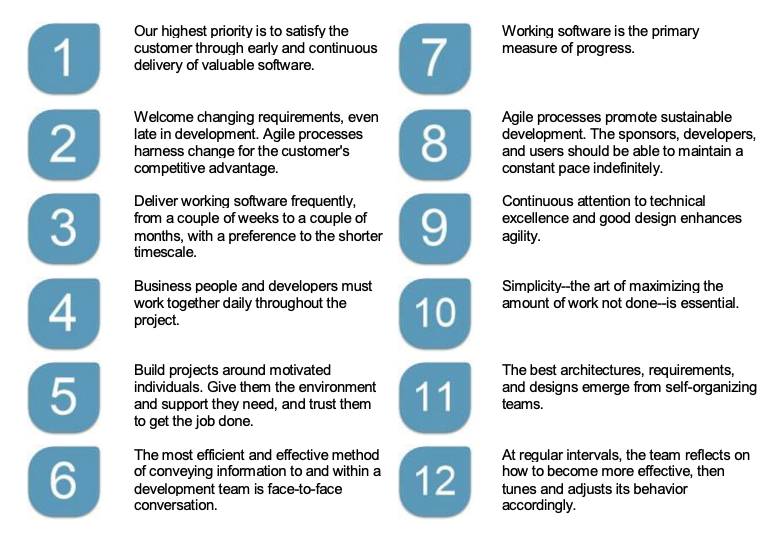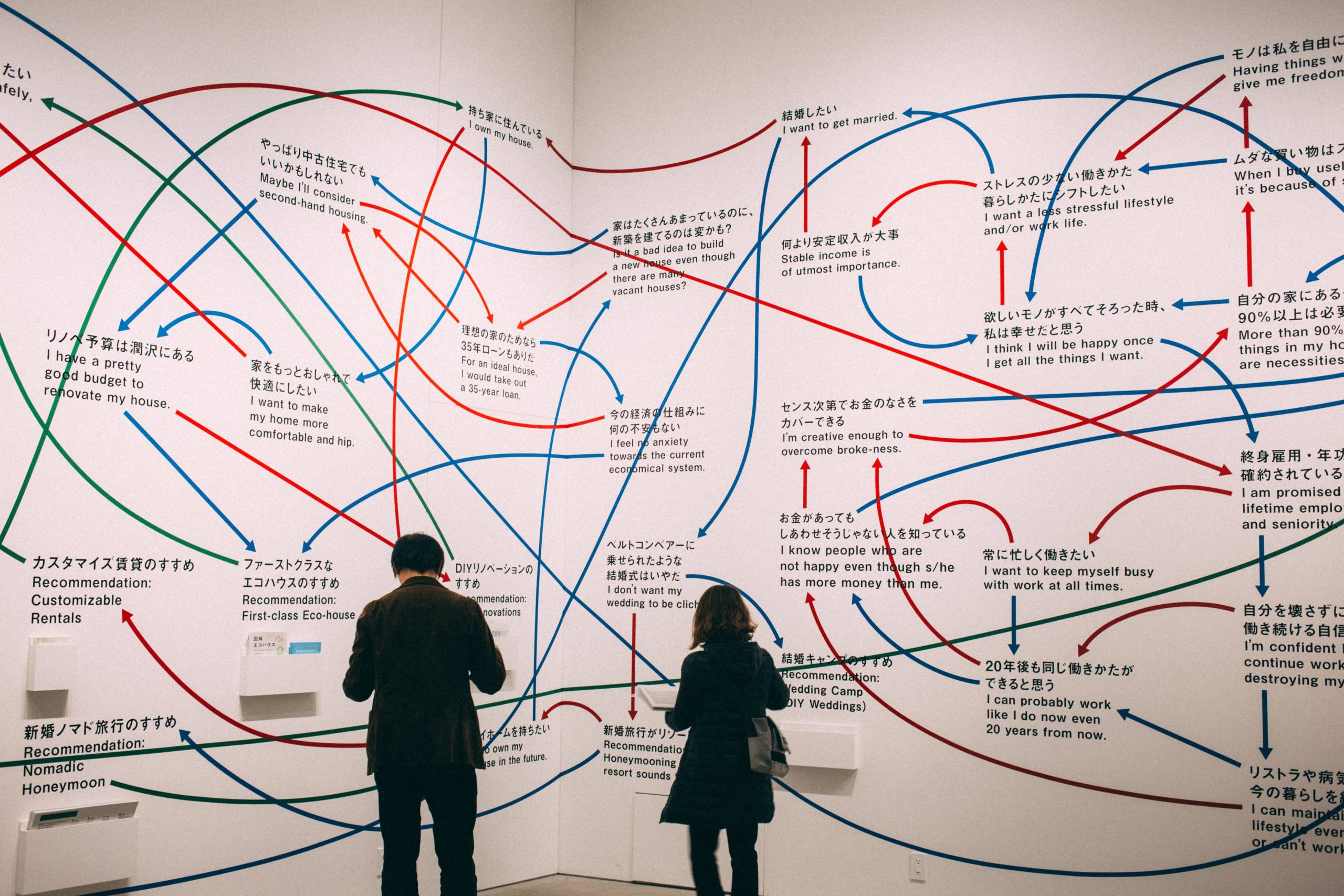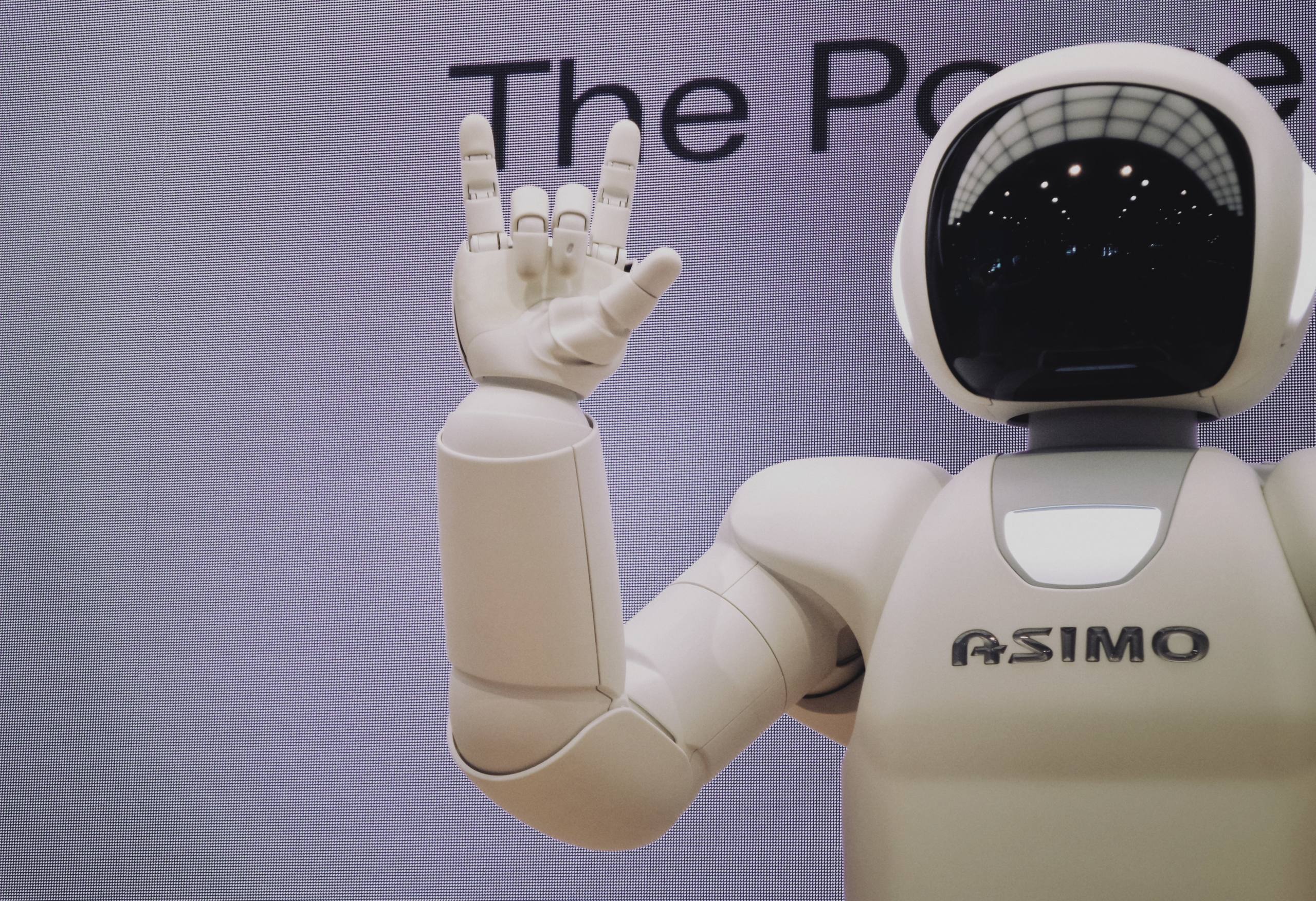Temps de lecture : 0 Minutes
Qualité 100 : Leçons tirées de la fabrication
An INFJ personality wielding brevity in speech and writing.
We celebrate every second Thursday of November as World Quality day and this November 14, it’s even more special because Chartered Quality Institute celebrates its centenary year (1919-2019). In this blog, we’ll discuss the contribution of the manufacturing industry to quality practices and the relevance of these practices in software.
Manufacturing Industry: A forerunner
The manufacturing industry has been a forerunner in setting quality examples for others ever since the introduction of Lean, Kanban, Kaizen, Just-in-time manufacturing practices. Let us see what these practices preach and the similarities among them with software quality.
History of Lean–Toyota Production Systems
Lean is the concept of efficient manufacturing that grew out of the Toyota Production System in the early 1900s.
After studying Ford’s mass production system, Eiji Toyoda collaborated with Taiichi Ohno to develop a new means of production that would fit for the Japanese market. They concluded that through right-sizing machines for the required volume and introducing self-monitoring machines, they can make products faster, lower in cost, higher in quality, and higher in variety.
But, Ohno faced the challenge of trading off between productivity and quality. His experiments with different production systems led to developing several novel ideas that became known as the ‘Toyota Production System’.
It focuses on eliminating waste within manufacturing systems that do not contribute to the value goal and continually improving how value is delivered.
Kaizen
At the heart of lean is the concept of “Kaizen” which translates to continuous improvement in Japanese. The goal of continuous improvement/Kaizen is to eliminate all waste in the value delivery process, improve productivity, employee retention and customer satisfaction. Here’s the Kaizen cycle for continuous improvement
Just-In time (JIT) Manufacturing
What came out as a result of Toyota Production Systems is, Jidoka & JIT. Jidoka can be translated as automation with a human touch, sometimes referred to as “intelligent automation” Jidoka relies on intelligent machines that stop automatically when there is an irregularity. Human workers can then fix the problem, stopping defects from being passed down the production process.
The “Just-in-Time” otherwise Zero Inventory – make only “what is needed, when it is needed, and in the amount needed,”.
Let’s see how these practices are being put to use in Software today,
Birth of Agile
In pursuit of better software development model after the visible inefficiencies of Waterfall, a group of 17 engineers met at a resort in Utah and uncovered the better ways of developing software–Agile Manifesto

Lean & Agile: Striking Similarities
7 forms of waste as developed by Toyota Production System that applies to the agile,
- The Waste of Overproduction–Overproduction is the extra coding for features, that customers did not require or ask for. One of the biggest reasons why the waterfall model was abandoned.
- The Waste of Waiting – In software development, waiting on a team with excess capacity is a waste. If there are delays in production that cause a team to be on standby or cause the customer to wait for delivery, then it is waste.
- The Waste of Transportation–Task Switching or too many handovers or employees assigned to multiple teams with a demand for excessive multitasking is inefficient and a waste.
- The Waste of Over-processing–Fine example is Documentation, excessive documentation, overly detailed user manuals offer very less value to end-users.
- The Waste of Inventory–Translates to Work-in-progress in software, Agile values and emphasizes frequent iterative cycles and delivery of working software.
- The Waste of Movement–agile principles that impart waste of movement is stakeholder collaboration, face-to-face communication
- The Waste of Defects–Producing defective software is a waste of investment, “frequent testing” helps to detect the defects early in the cycle i.e. continuous attention to technical excellence.
- And, Jidoka in the manufacturing industry can be translated as Test Automation in Software Development.
Lockheed Martin, Great Western Bank, Spotify, Motorola, Nike were some brands that were able to reap the benefits of lean practices and address the manufacturing and quality challenges altogether.
To Conclude:
The above waste elimination that came out of lean tells us why the manufacturing industry has been the first to set foot in the arena of quality and continuous improvement. Software quality as a discipline has learned a lot from these practices and continues to learn and improve quality.
Looking forward, the quality sphere won’t stand still, it will continue to refine with the forthcoming industry revolution 4.0 and so on. And, Zuci, being a proud supporter of quality would like to thank all the quality gurus who have paved the way for industries to take on the quality path and achieve excellence.
Articles connexes





















